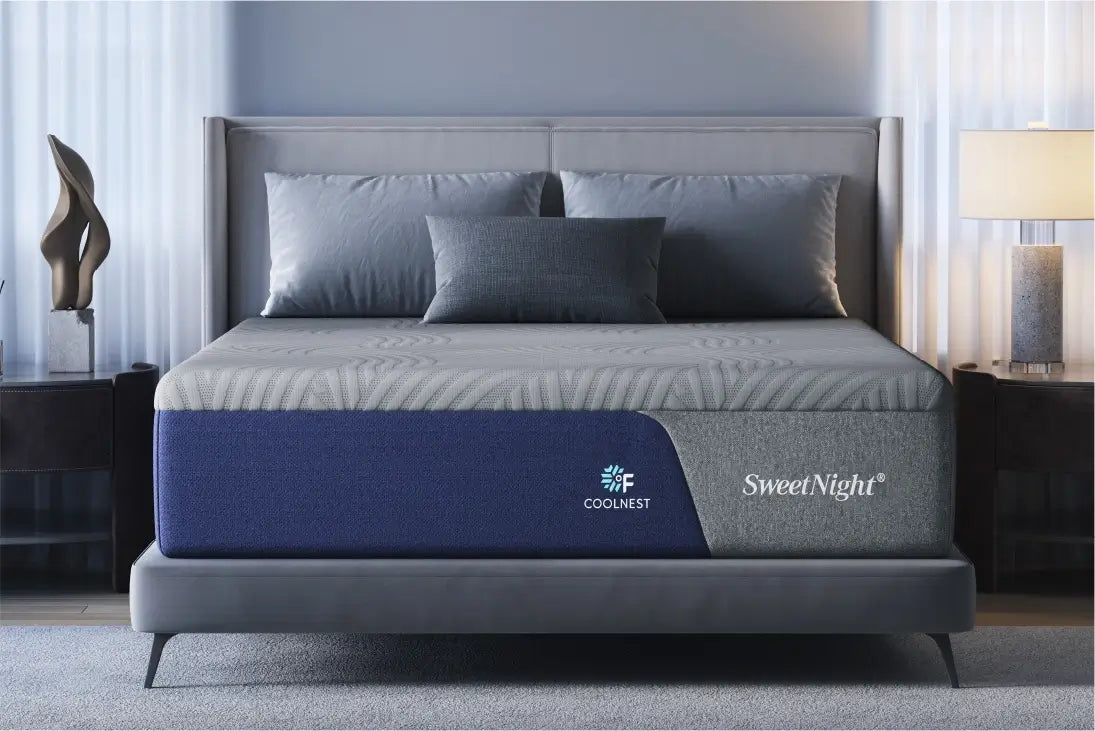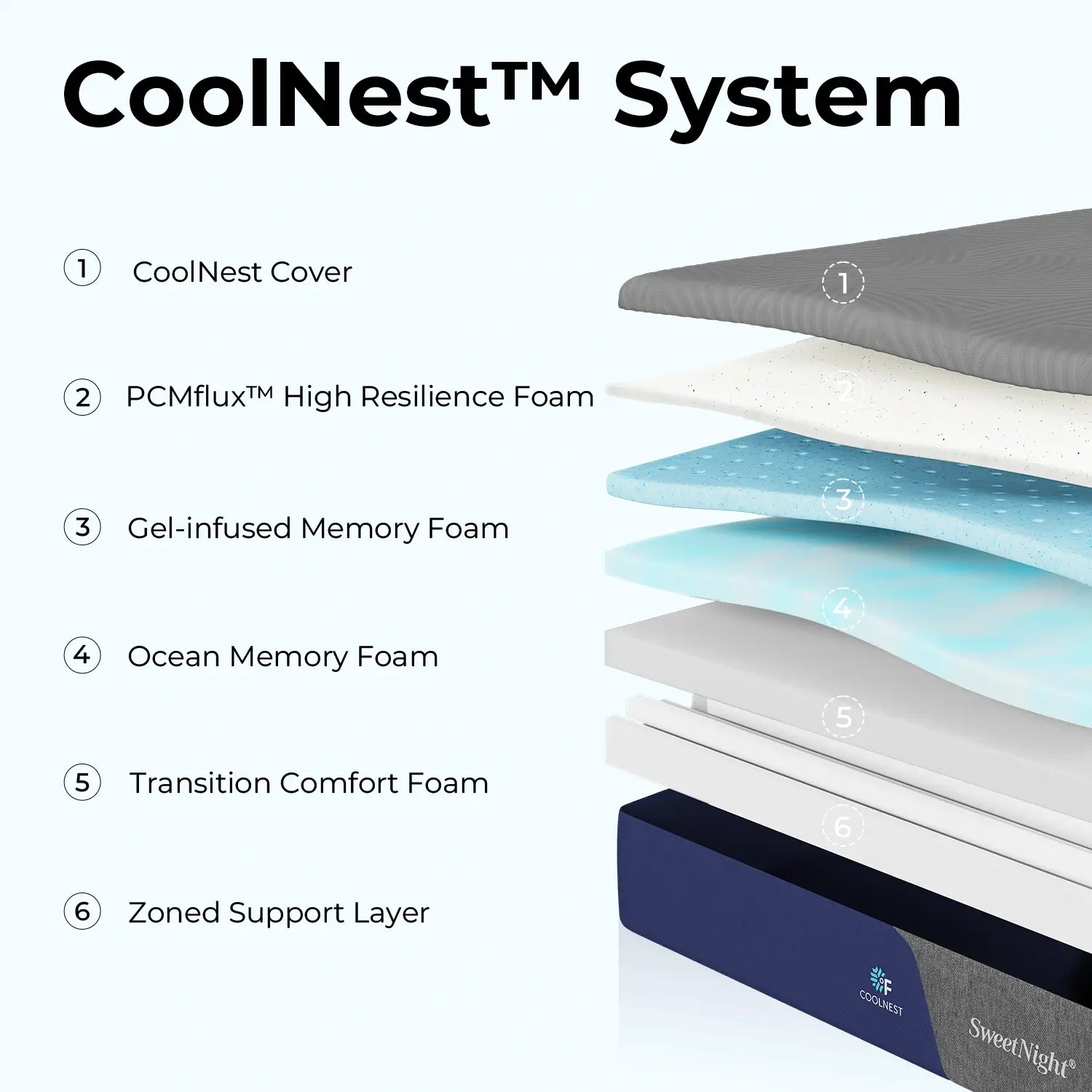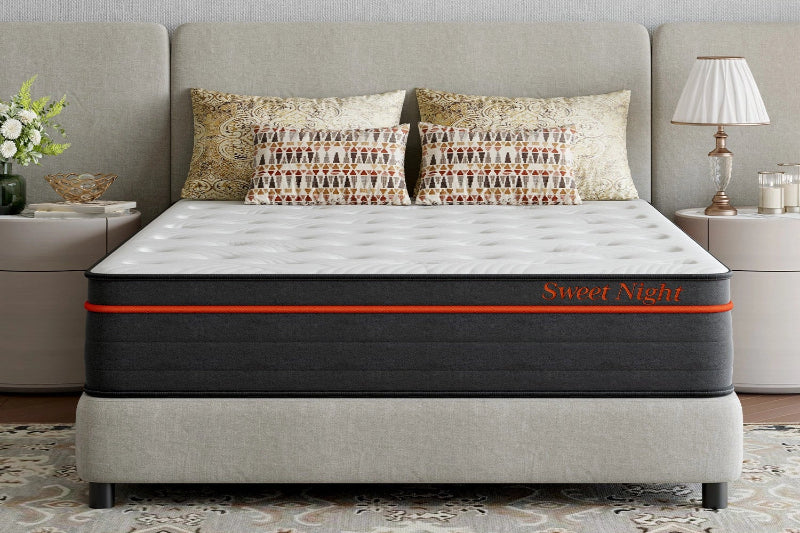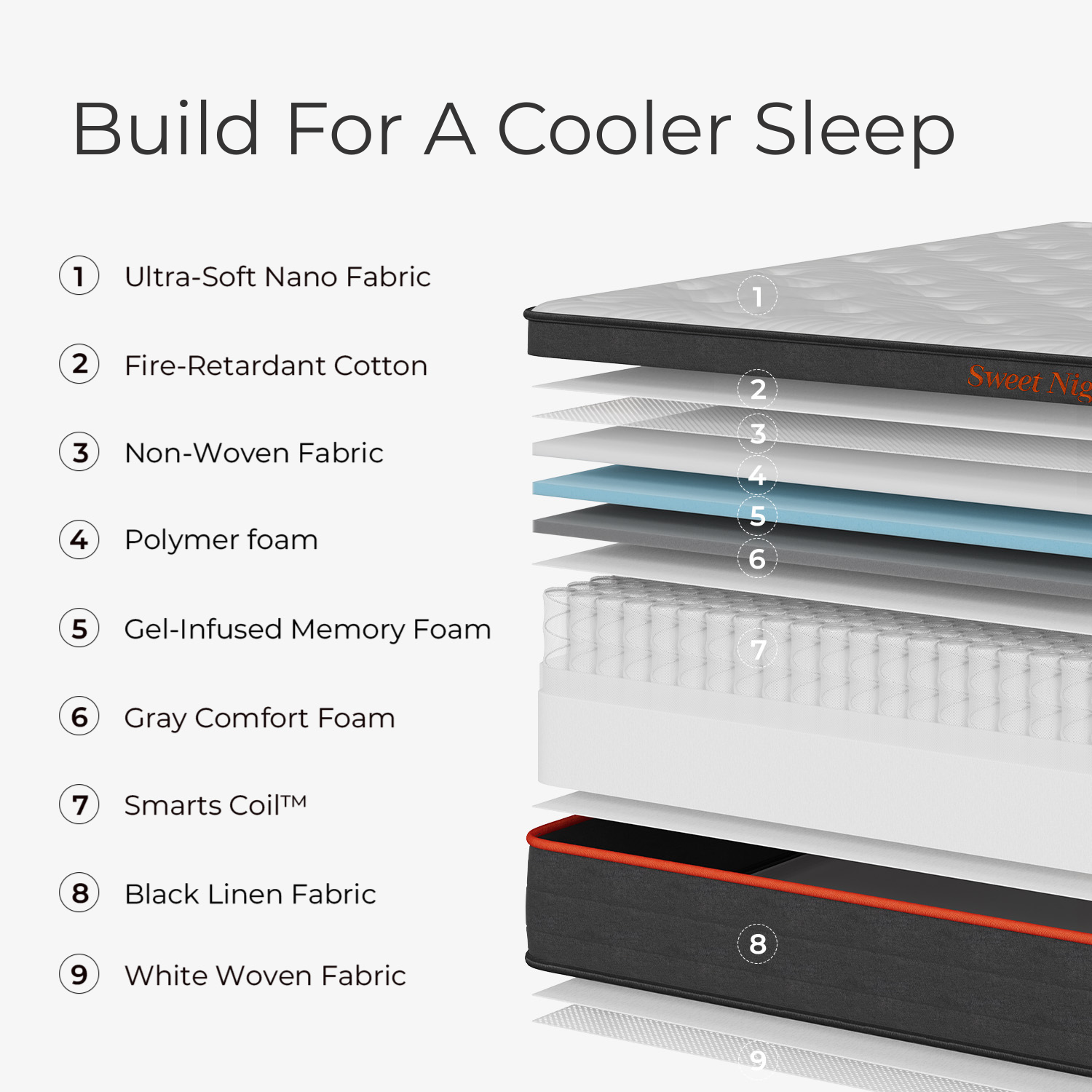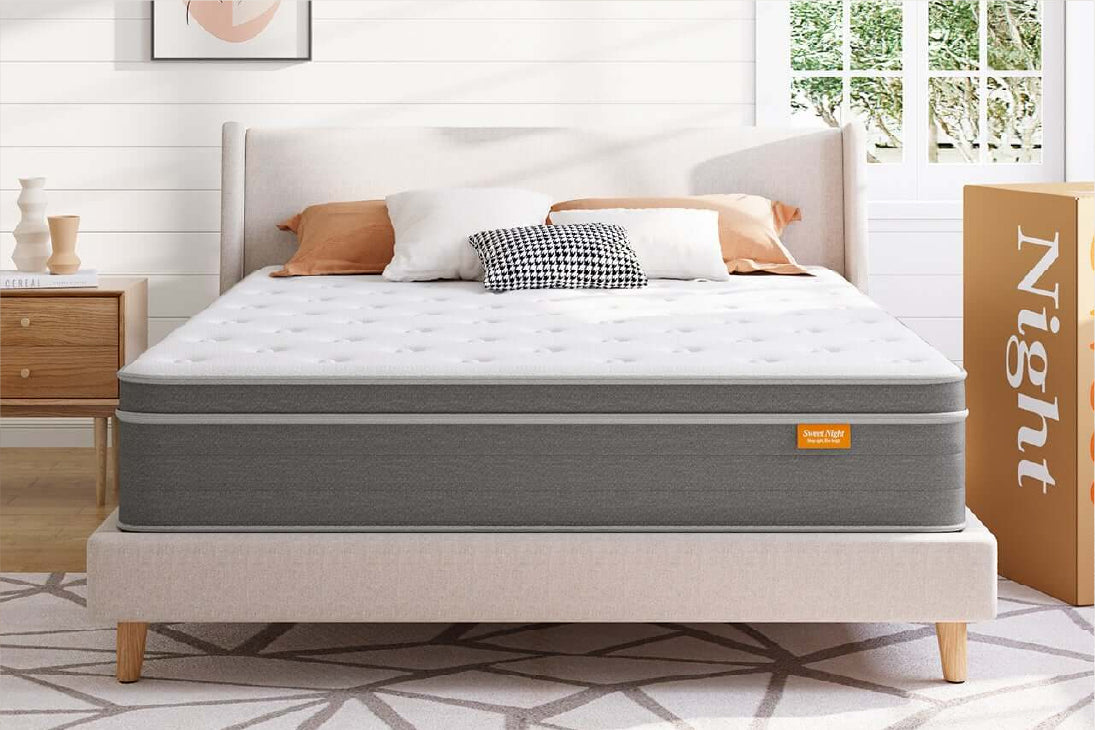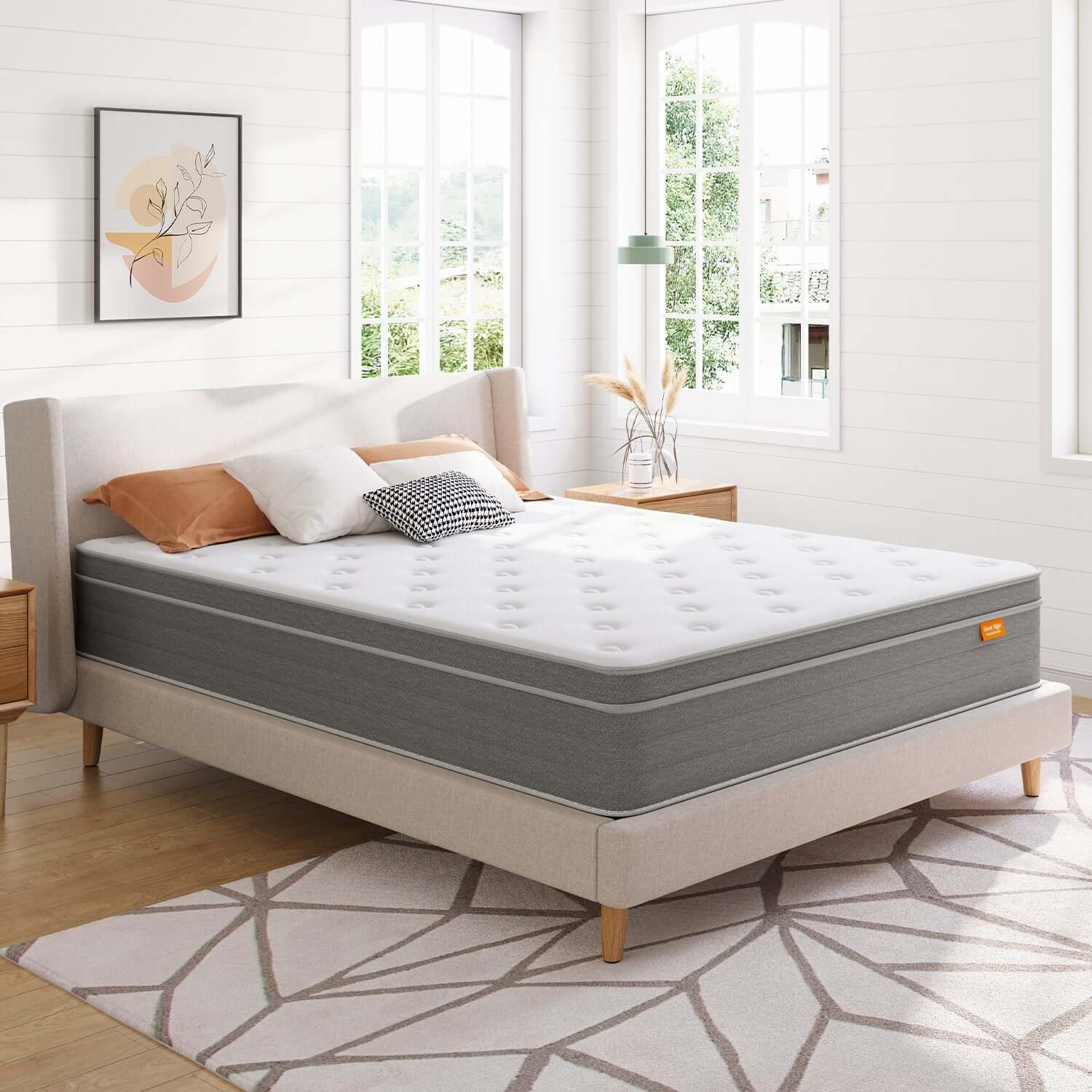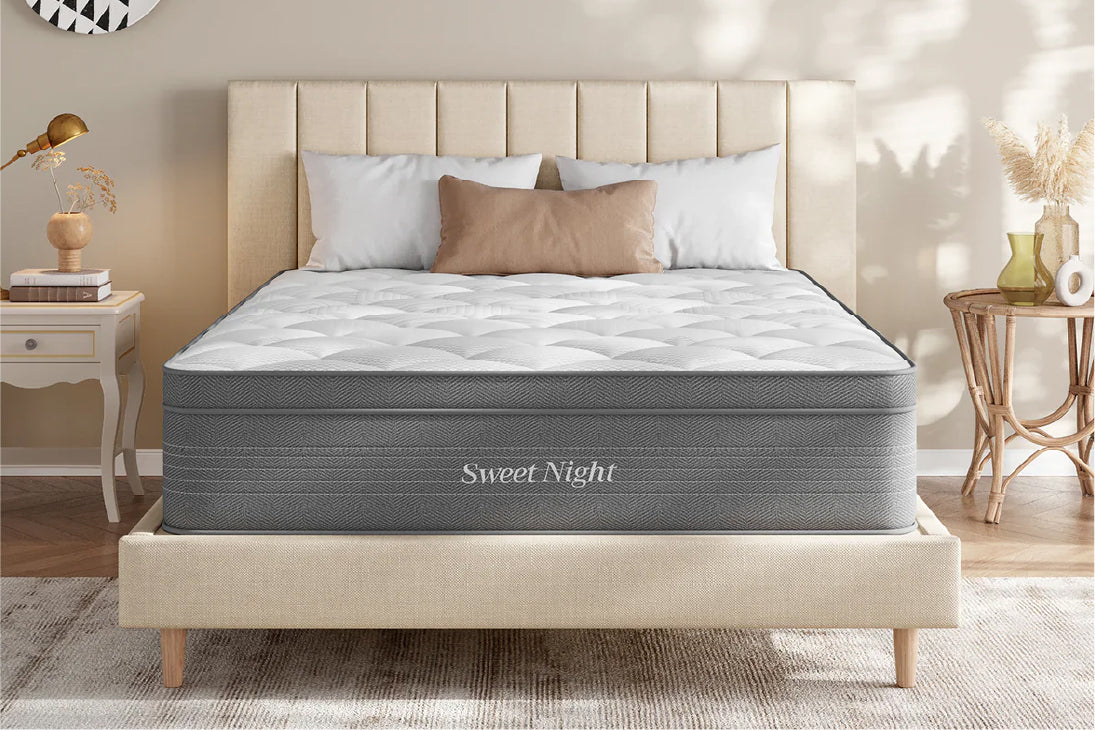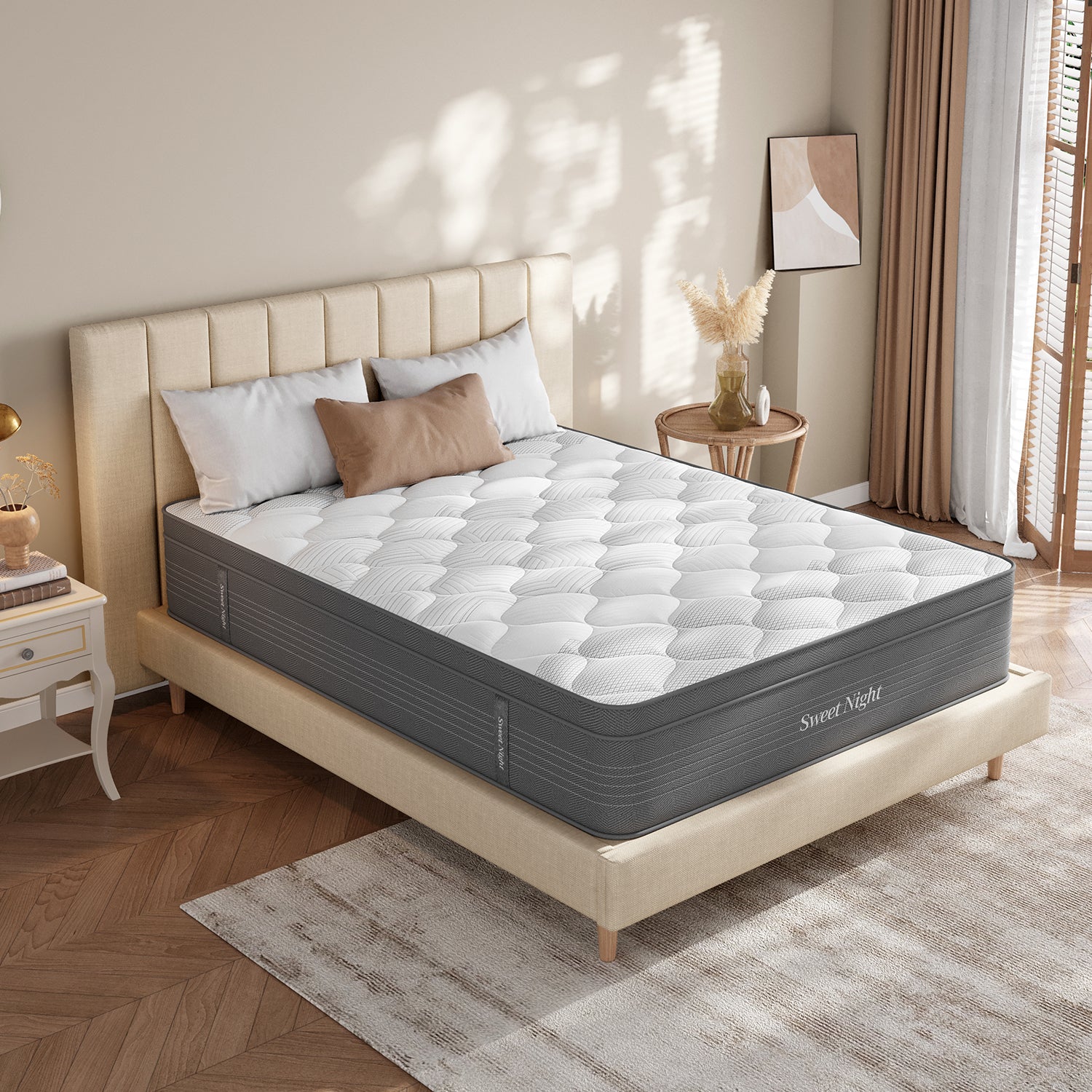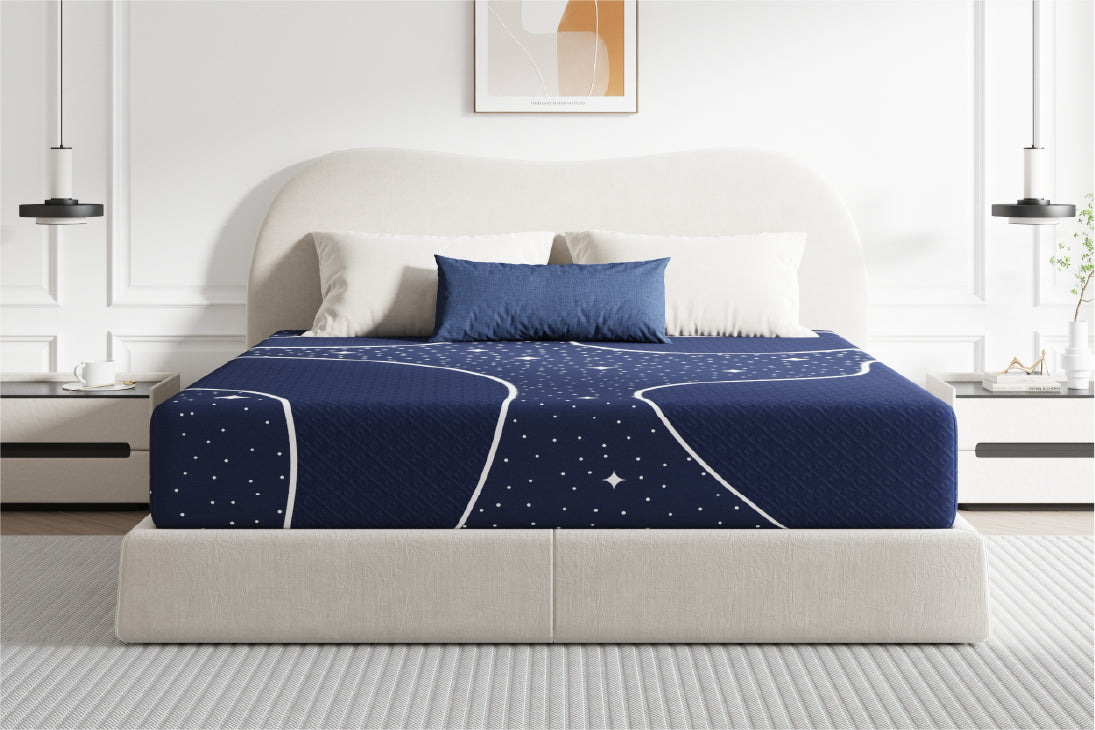Good sleep is priceless—but your mattress decides whether you get it. The right model restores your body each night, helps prevent pain, and fuels the energy you need for busy mornings. The wrong one slowly wears you down. And here's the twist: buying a new mattress isn't just about comfort, it's about timing. Shop at the right moment, and you can keep your health on track and save hundreds of dollars. This complete guide explains when to replace your bed, how to pick the perfect style, and when sales give you the most value.
Why a Good Mattress Matters for Restful Nights
A mattress is more than a surface to lie on. It aligns the spine, relieves pressure on joints, and contributes to overall sleep quality. A poor mattress can leave you waking up with stiffness or fatigue, while a supportive one creates the foundation for healthy rest. Research shows that mattress stiffness directly affects spinal curvature and can influence intervertebral disc stress during sleep. Knowing when to replace your current mattress is the first step toward improving sleep.
Signs to Replace Your Mattress
- Visible sagging or indentations: If the middle dips or deep impressions remain after you get up, the support system is failing.
- Morning aches or stiffness: Waking up sore, especially in the lower back or shoulders, suggests your mattress no longer supports alignment.
- Allergy flare-ups: Over time, mattresses collect dust and allergens, which can cause sneezing or congestion.
- Noise or movement issues: Springs creaking or foam layers shifting can disturb sleep.
-
Age beyond recommended lifespan: Most mattresses last 7 to 10 years, though this varies by material. Recognizing these signs early prevents poor sleep from becoming a daily problem and helps you plan for a timely replacement.

The Best Time of Year to Buy a Mattress
Mattresses are available year-round, but certain times of the year bring the biggest savings. Knowing these periods helps you maximize value without sacrificing quality.
Seasonal Sales and Promotions
- Spring often features clearance sales as retailers prepare for new inventory.
- Summer promotions, especially around back-to-school season, target families furnishing dorms or apartments.
Shopping During Major Holidays
- Presidents' Day: Often one of the first big mattress sales of the year.
- Memorial Day: Retailers clear stock before summer arrivals.
- Labor Day: A key time for discounts, especially on mid- to high-end models.
-
Black Friday and Cyber Monday: Some of the steepest discounts of the year. Plan your purchase around seasonal clearances or holiday promotions to take advantage of significant discounts.
How to Choose the Right Mattress for Your Needs
The right mattress depends on three core factors: your sleep position and body type, the size of your room, and the materials that match your lifestyle. Here's a breakdown to guide your choice.
Sleep Position and Body Type
- Back sleepers: Medium firmness to keep the spine neutral.
- Side sleepers: Softer cushioning to relieve pressure on shoulders and hips.
- Stomach sleepers: Firmer support to stop the midsection from sinking.
- Heavier individuals: Thicker, stronger builds for durability.
- Lighter individuals: Slimmer or softer designs for comfort.
Mattress Size and Room Fit
- Twin / Twin XL: Ideal for kids, teens, or compact bedrooms.
- Full / Queen: Fits most adults or couples in smaller apartments.
- King / California King: Best for couples who want maximum space.
Common Mattress Materials
- Memory foam: Contours closely, isolates motion, but may trap heat.
- Innerspring: Traditional bounce and strong airflow, but transfers movement.
- Hybrid: Mix of coils and foam, offering balanced comfort and support.
- Latex: Naturally cool, durable, and responsive.
Special Considerations
- Hot sleepers: Look for breathable covers, open-cell foams, or cooling gels.
- Allergy-sensitive: Hypoallergenic materials help reduce dust mites and allergens.
-
Couples or edge-sitters: Reinforced sides prevent rolling or sagging at the edges. The best mattress matches your sleep position, body type, room size, and any personal sensitivities. When these elements align, you get long-lasting comfort and healthier rest.

Factors to Consider When Budgeting for a Mattress
Mattresses can be a significant investment, but understanding cost categories and hidden expenses helps you make a decision that balances value with quality.
- Entry-level ranges often use basic foams or coils and are ideal for guest rooms or short-term use.
- Mid-range options add cooling features, higher-density foams, or pocketed coils for better comfort.
- Premium models offer thicker builds, luxury fabrics, and advanced motion control for long-term investment.
- Additional costs may include delivery fees, old mattress removal, or accessories like mattress protectors.
-
Trial periods and returns should also be factored into the total cost, since some brands charge fees for returns. Plan your budget around both upfront price and long-term value, remembering to account for hidden expenses.
Testing a Mattress Before You Buy
Choosing a mattress isn't only about picking the right model—it's about making sure it truly feels good once you use it. Whether you shop online or in a store, there are practical ways to test comfort and support before you commit.
Home Trial Periods and Return Policies
Most online mattress brands now give you a trial period, often close to 100 nights, so you can sleep on the mattress in your own bedroom. If it doesn't work for you, returns or exchanges are usually allowed. Some companies even cover the return shipping, while others may charge a small fee. Always check the fine print so you know what to expect.
Warranties and Coverage
Mattresses generally come with a warranty of about 10 years, which protects you against things like manufacturing defects or major sagging. Every day wear and tear, stains, or misuse won't be covered. Each company also sets its own standard for what counts as a defect, such as how deep a sag must be before replacement applies, so it's worth reading the details.
In-Store Testing
If you're shopping in person, give yourself time to really test the bed. Lie down in your usual sleeping position for at least 10–15 minutes, and sit near the edge to see if it feels sturdy. If you're with a partner, move around to check for motion transfer. For online shoppers, the at-home trial acts as the best alternative.
Testing before you buy—whether through a home trial or in-store experience—gives you confidence in your choice. When paired with a clear understanding of warranty terms, it helps ensure your new mattress will deliver lasting comfort.

Find the Right Mattress for Better Sleep
A mattress is one of the most important investments for daily well-being. Buying at the right time and selecting the model that matches your needs ensures restful nights and energetic mornings. Whether you're upgrading to improve comfort, replacing an aging bed, or waiting for the next holiday sale, an informed decision today leads to healthier sleep for years ahead.
FAQs
Q1: How often should a mattress be rotated or flipped?
Most modern mattresses are designed to be one-sided, meaning they should only be rotated, not flipped. Rotating the mattress every three to six months helps distribute wear evenly and prolongs its life. For double-sided mattresses, flipping along with rotation is useful to maintain even support. Always check the manufacturer's care instructions to avoid damage.
Q2: How should a mattress be cleaned and maintained?
To clean a mattress, vacuum it regularly to remove dust and dirt. You can spot-clean stains with mild soap and water, but avoid soaking the mattress. Using a removable, washable cover is another good option. It also helps to let the mattress breathe now and then by removing the bedding and opening the windows, which keeps it fresh and dry.
Q3: What is the difference between mattress firmness and support?
Firmness describes how hard or soft the surface of a mattress feels. Support means how well the mattress keeps the spine properly aligned. A soft mattress can still provide excellent support if it is well designed, while a firm mattress may not feel comfortable depending on a person's body type or sleeping habits. The best sleep comes from a balance of both firmness and support.


